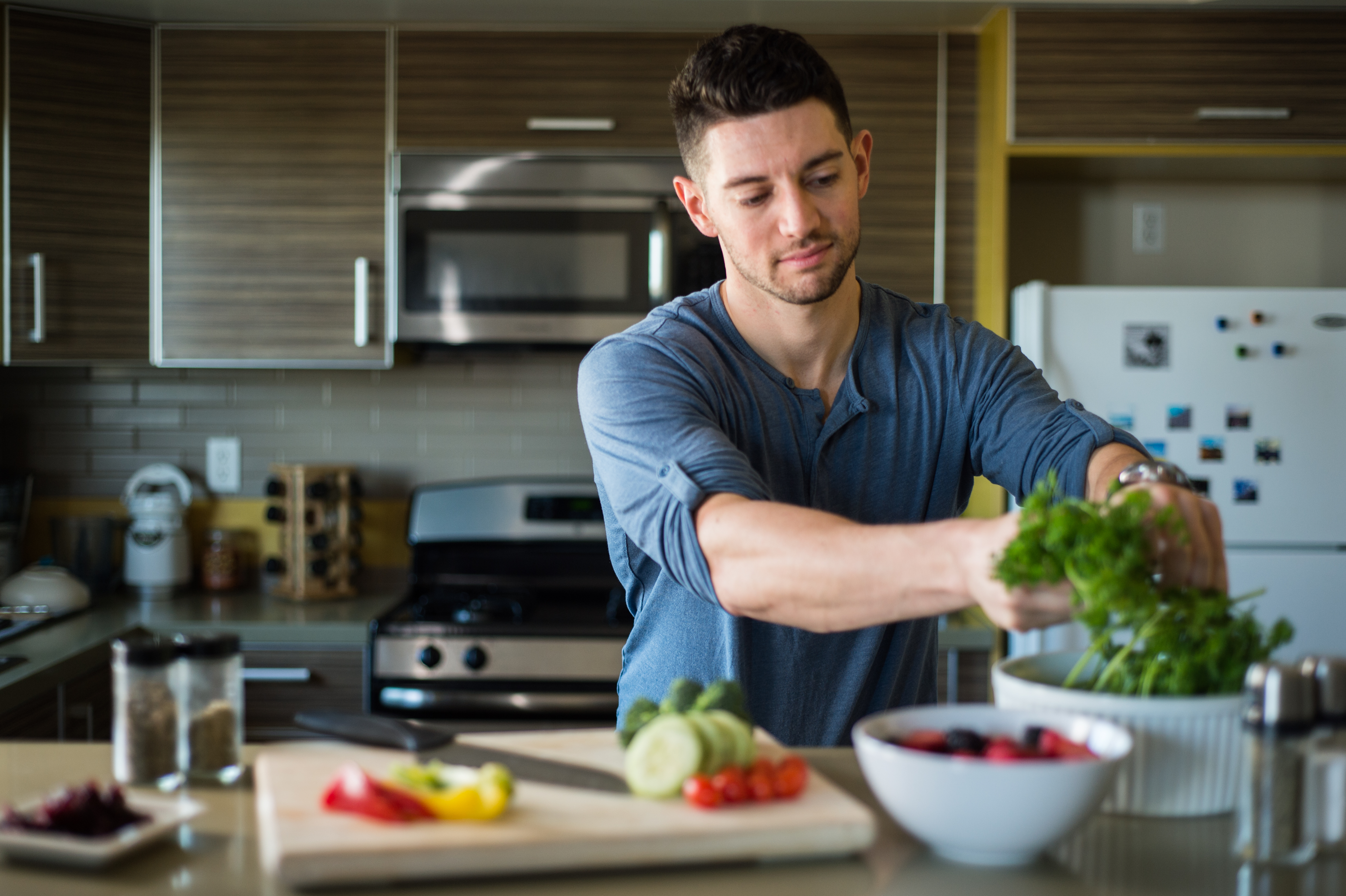
A Different Approach To Healthy During The Holidays
December 21, 2018 // Nutrition
It’s not your first holiday season. You’ve been through this every year. You expect there to be an abundance of food and drinks. You know the likelihood of weight gain and loss of an exercise routine. Why not take a different approach this year?
Here are a few proven strategies to consider for mitigating the negative effect(s) without affecting your holiday experience.
Don’t Go Into The Meal Hungry
This may seem counter-intutitive, given that most people aim to enter a meal with an empty stomach, but the onset of deep hunger will lower overall inhibition. Your meal choices and sizes are likely to be unhealthier and larger, as you are then eating to satisfy the pleasure-seeking pursuit.
Instead, aim to eat a small meal within 2-3 hours of your big upcoming meal. This one strategy alone can significantly alter your decision-making for the better.
Reflect on Past Experiences
Before defaulting to a certain food or a particular combination, pause a moment and consider how you tend to feel after eating this selection. Tie in the after-effect(s) to the overall experience, not just the taste alone. Questions such as “Can I eat this food within moderation?” and “Does this food tend to cause GI issues?” help highlight problematic food choices.
Fiber First
Eat according to a macronutrient hierarchy and you’ll significantly limit your desire to overeat. Protein-based and high-fibrous foods both yield satiation, so these types of foods should be consumed first before the breads and starches. An example would be an arugula salad with chicken and walnuts. If at a buffet, this could be having the prime rib with a side of sautéed spinach or a veggie omelette before the muffins.
Taste, Not Demolish
Mindset is such an important component in the eating experience. If you are set on having certain foods as an indulgence, try pre-limiting your portion size. This way, you are able to get the taste, texture and flavor while keeping your intake under control.
If you know you cannot have just a bite or two, and will likely consume excessive amounts, see if there is a better option. This could be a different food (greek yogurt and fruit instead of ice cream), a different beverage (tea instead of coffee) or simply passing altogether.
Save Some For Later
Just because you have a certain portion size on your plate does not mean you need to finish it. The quantity you eat is largely determined by your intention. Asking yourself “what will more do for me at this moment?” is the first step in developing a mind-body connection to gauge fullness.
If you really enjoy a certain item, consider taking the remaining amount home in a to-go box.
Give Away The Sweets
The golden rule of storing food at home is if you have it in your environment, you will eat it. That goes for both healthy and unhealthy foods.
If you are saving those holiday cookies and baked goods, at some point or another, you will eat the entire stash. Why even keep the temptation within an arm’s length? Instead, give them to friends, family and/or office staff.
Partition The Food
You know I have to mention exercise. We all know the holidays is not the time to ramp up your workouts and zero in on your dieting. But, there is merit to preserving your metabolic activity during the holidays using exercise. Even a few sets of push-ups and lunges can help partition the food towards muscle building instead of fat storage prior to a meal.
Need more help with staying in control during the holidays? Check out this phenomenal article by Precision Nutrition on Why It’s So Easy To Overeat Junk Food and 7 Ways to Stop.